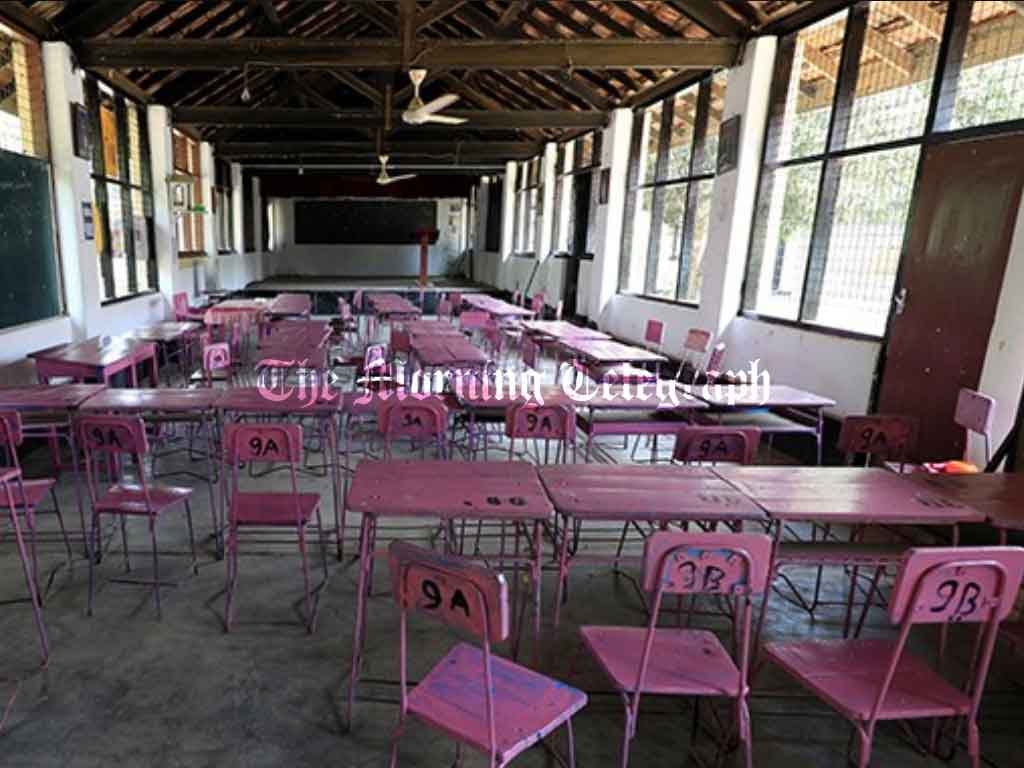
Sri Lanka’s education system has faced significant challenges over the past five years, with 96 schools shutting down and a drastic reduction in student enrollment and teaching staff. According to the 2023 school census, the total number of active public schools has dropped to 10,096 from 10,165 in 2019. During this period, the number of students attending government schools decreased by 178,965, while the teacher workforce declined by 8,803.
In 2023, there are 3,882,688 students enrolled in government schools, compared to 4,061,653 in 2019. The male-to-female student ratio in 2023 stands at 1,923,591 boys and 1,959,097 girls. Among the schools operating, 396 are classified as national schools, while 9,700 fall under provincial councils.
The number of teachers employed in the public school system has also seen a marked reduction, falling from 246,592 in 2019 to 237,789 in 2023. Female teachers make up the majority, with 181,217 employed in 2023, compared to 184,125 in 2019.
The census also revealed disparities in school sizes and student distribution. Among the 10,096 active schools in 2023, a significant 7,910 have fewer than 500 students. Of these, 1,506 schools have fewer than 50 students, while 1,638 have between 51 and 100 students. Larger schools, those with between 1,001 and 2,000 students, number just 579, with only 198 schools enrolling between 2,001 and 3,000 students.
In 2022 alone, 20 schools were closed, primarily within the provincial school system. During that year, 3,969,597 students were enrolled, reflecting a steady decline from 2019’s figures. Similarly, the teaching staff numbered 236,731 in 2022, a slight drop from the previous years, continuing the trend of staff reduction.
The shrinking school system and declining enrollment numbers highlight a growing crisis in Sri Lanka’s education sector. Factors such as rural depopulation, resource constraints, and systemic inefficiencies may be contributing to this trend, raising concerns about equitable access to education and the quality of schooling available to the next generation.
The 2023 report also identified disparities in student distribution across schools. While 33 schools had fewer than 4,000 students, only 67 schools had between 3,001 and 4,000 students. Medium-sized schools, with 501 to 1,000 students, accounted for 1,309 of the total.
This ongoing contraction in the education system calls for urgent policy interventions to address the root causes of school closures, declining enrollment, and teacher shortages. The focus must be on creating equitable opportunities for education across all regions, ensuring that the next generation has access to quality schooling.




